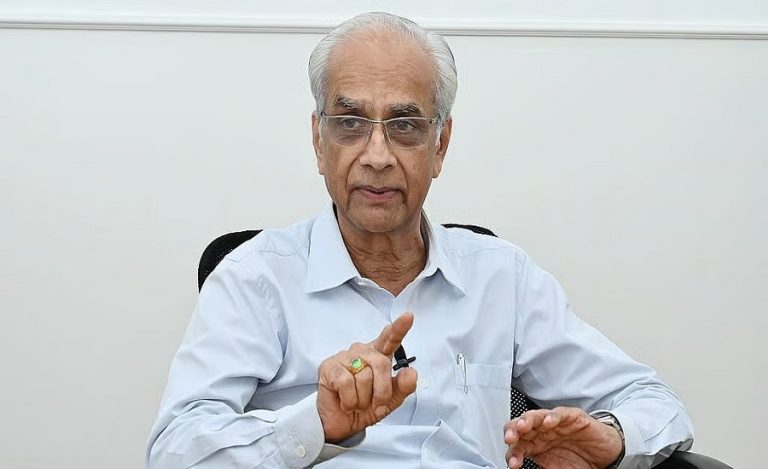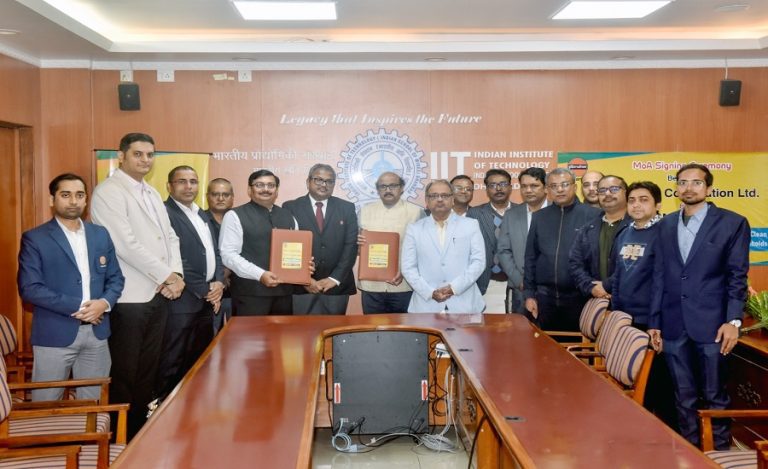New Delhi — The Solar Energy Corporation of India Limited (SECI), a Navratna Public Sector Undertaking under the Ministry of New and Renewable Energy (MNRE), has issued a significant tender to procure 724,000 tonnes of green ammonia annually. This initiative marks a pivotal step in the decarbonization of India’s fertilizer sector.
More into the Background:
Issued on June 7, 2024, under the Strategic Interventions for Green Hydrogen Transition (SIGHT) Scheme – Mode 2A, Tranche I, the tender calls for the supply of green ammonia across 13 fertilizer plants nationwide. The deadline for bid submissions is June 26, 2025.
Finer Details:
SECI will act as the demand aggregator and enter into long-term offtake agreements with producers, offering a 10-year contract period. This arrangement aims to provide market assurance to green ammonia suppliers, thereby unlocking investment in the sector.
Major Implications:
Ammonia, a critical input for urea and other nitrogen-based fertilizers, is traditionally produced using fossil fuels, resulting in significant greenhouse gas emissions. The SECI initiative seeks to transition this process by leveraging renewable energy to produce green hydrogen and green ammonia, significantly reducing the carbon footprint.
Financial Support:
To boost financial viability, the government is extending Production Linked Incentives (PLIs) under the National Green Hydrogen Mission. These incentives will be offered at ₹8.82/kg in the first year, ₹7.06/kg in the second, and ₹5.30/kg in the third year, totaling ₹1,533.4 crore in support. Additionally, a robust Payment Security Mechanism (PSM) is in place to mitigate payment risks from fertilizer companies, ensuring financial confidence for participating developers.
Bidding Process:
The bidding will be conducted through SECI’s e-reverse auction platform, ensuring transparency and competitive price discovery.
Strategic Importance:
India’s current ammonia consumption stands at approximately 17 to 19 million tonnes annually, with over half of its hydrogen demand coming from the fertilizer sector—most of it sourced from imported natural gas. The green ammonia tender is expected to reduce this dependency, cut exposure to global price volatility, and enhance energy security. Notably, green hydrogen production emits less than 2 kg of CO₂ per kilogram, compared to up to 12 kg CO₂ per kilogram of grey hydrogen.
What can we takeaway?
The domestic production of green ammonia is also expected to bolster India’s resilience amid global supply disruptions and generate new employment opportunities in clean energy manufacturing and allied sectors.
Industry experts say the move helps resolve the long-standing “chicken-and-egg” challenge of the hydrogen economy by simultaneously stimulating both supply and demand. It is expected to accelerate investments in green hydrogen infrastructure, including electrolyser manufacturing and renewable power development.
This tender is a key milestone in India’s ambition to achieve net-zero carbon emissions by 2070 and supports the broader goals of the Viksit Bharat vision for a self-reliant and sustainable economy. SECI has invited bidders to submit their most competitive proposals, reaffirming its role as a catalyst in India’s clean energy transition.
About SECI
Solar Energy Corporation of India Limited (SECI) is a Navratna Central Public Sector Undertaking under the Ministry of New and Renewable Energy (MNRE). Established in 2011, SECI was initially set up to facilitate the implementation of the National Solar Mission. Over time, its mandate has expanded to encompass the entire renewable energy sector, including solar, wind, hybrid, and energy storage projects.



























